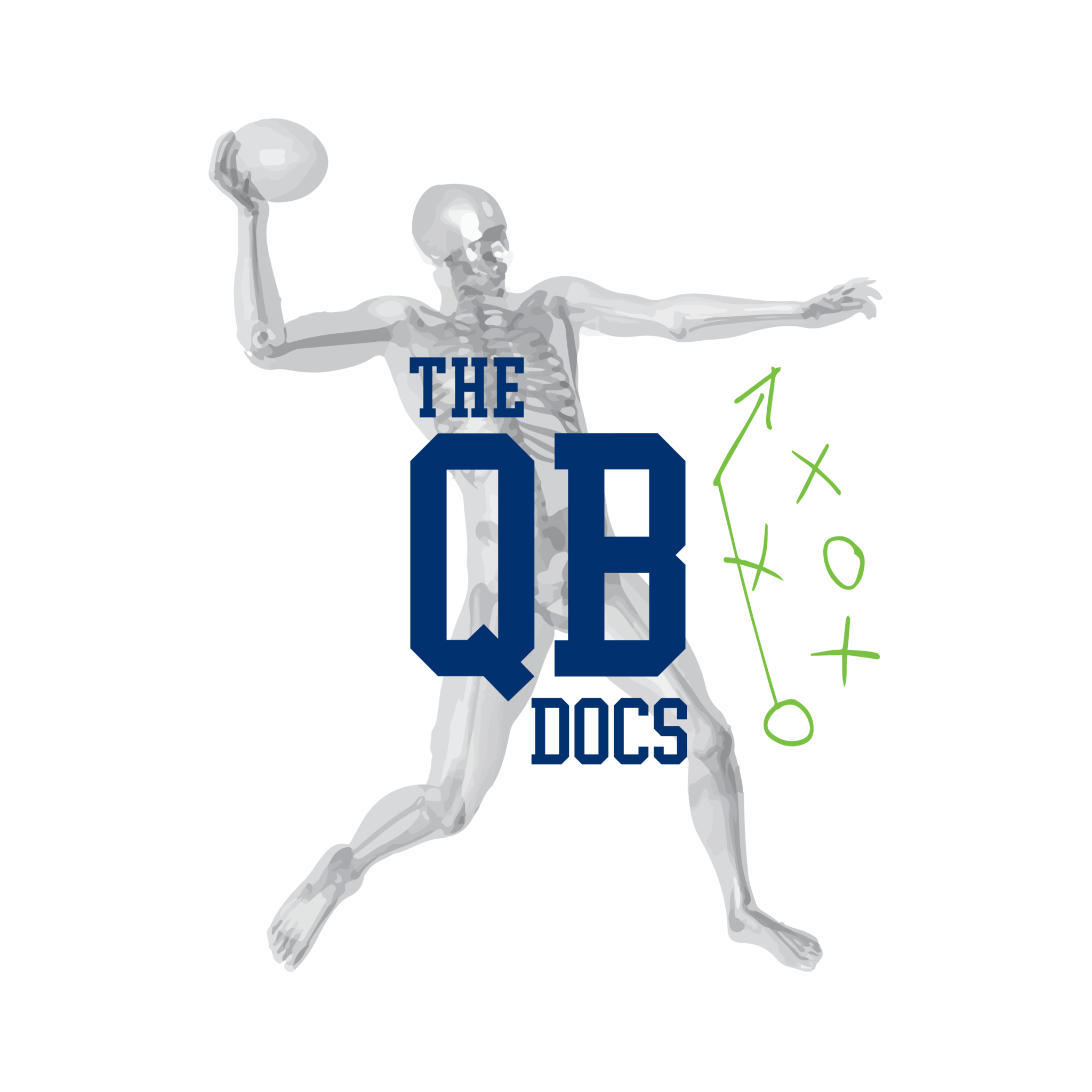We have recently received a lot of questions on how to improve balance during the throwing motion. It is always a very difficult question to answer because there could be a host of reasons why a quarterback would be having this balance issue. From a lack of stability in the pelvis or trunk to starting narrow in your pre pass position, there are just too many reasons to count. Since we are not able to take every single quarterback out there through our QB Performance Screen, we are going to talk about the MOST COMMON reasons why a quarterback would be falling off balance during the motion.
1. Starting With a Narrow Base
This is mentioned above, but this is so common. A narrow base sets a QB up for failure every single time. Not only does it decrease the balance of the player, but it makes the stride very inefficient during the loading phase. Quarterbacks that play with a narrow base tend to initiate their momentum forward too early every single time. Why would this be? Well, lets break it down for you.
With the picture above, imagine that you have put your hips directly above these feet. The pelvis is in the middle of the feet. Now imagine that you shift this pelvis toward the right foot like a quarterback would whenever they are loading the drive leg before accelerating forward. What happens if the right hip goes past the foot? The QB will most definitely lose their balance going backwards. This is no good. Well, what is the compensation then? Have you ever wondered why quarterbacks always over stride no matter how much coaching they get? This is a big part of that. If the quarterback can’t load back first, they will always have a tendency to want to push forward for power, instead of loading the drive leg and using rotation for power. A wide base will allow for the drive leg hip to be loaded during the loading phase, a short stride to occur because the center of mass is more towards the right hip during the loading phase, and a very powerful development of power through rotation in the trunk and hips during the acceleration phase. This is exactly what we want. Here are a few pictures below of what we are talking about.
2. Stiff Right Hip
Oh, how we love to talk about the mobility of the hips. If there is one area where almost every quarterback needs to focus on the most, it is this. Here is the reason why it is so important. If a quarterback has the ability to rotate the right hip through internal rotation and extend the hip fully at the same time, then the quarterback will be able to have great success. Period. Most can not do this though. Here is a picture below of two guys who do this tremendously.
The funny thing is that there is a reason why the best throwers out there are the best throwers out there. The actual capability do develop and claim the range of motion in the hips is one obstacle, but then the ability to use that range of motion as a quarterback is a totally different story. Quarterbacks also have to understand that they have to train their throwing motion to perform this act. If they don’t, then they will always compensate. Two of the most common compensations are “trailing leg syndrome” and “lateral leaning syndrome.” These are explained below and are working around a stiff right hip. Quarterbacks will always have decreased performance with these. Accuracy will decrease. Power will decrease. And guess what else? Yes, balance will be greatly decreased!
3. Inability to Get Into Pre Pass Position
This is one that we often talk a lot with when it comes to coaching our quarterbacks, but have not talked much about in our content. This is so important. There’s quarterbacks out there that can just stand and throw all day. If they are in static position, they can put the ball on the receiver’s face mask every single time. The problem here is that there is ALWAYS movement by the quarterback in a game before throwing the football. Everything breaks down for some players when movement is added to the equation. Why would this be?
Well, it is an inability to get back to a good pre pass position because the quarterback does not have an explanation of what this actually is. Any time you can get back to a position where the front shoulder and front hip are splitting the target in half, the base is wide, the shoulders are level, and the weight is loaded back, there’s a pretty good chance for success because the quarterback’s brain knows this position to be most normal because you constantly throw from this position. Any time that it isn’t in that position, there has to be minor adjustments. Now, these minor adjustments that are made is what separates the good from the great because these quarterbacks can manipulate their bodies as they run or move in the pocket while they still make accurate throws. This comes from a lot of “random practice.” The problem is that most quarterbacks don’t have a defined explanation of what their “pre pass position” is and then how to work off of that when things break down. You can’t get fancy until you perfect the basic fundamentals first.
We hope that this article helps a lot of quarterbacks and quarterback coaches out there to become better in their craft. That’s our purpose and mission to what we are doing. If we can help in any way, please feel free to reach out! You can reach me at 812-343-4226 or email at drew@theqbdocs. com.
-Drew Kiel PT, DPT, CSCS
